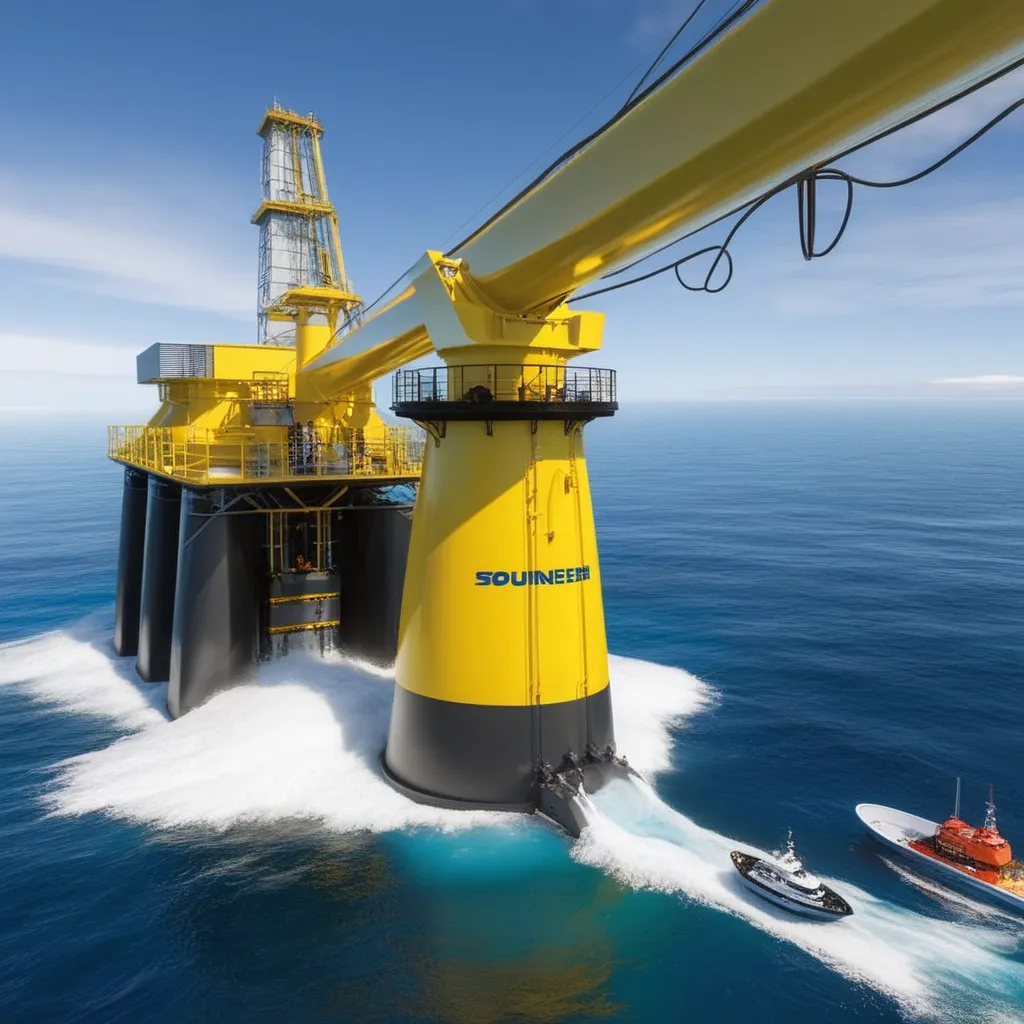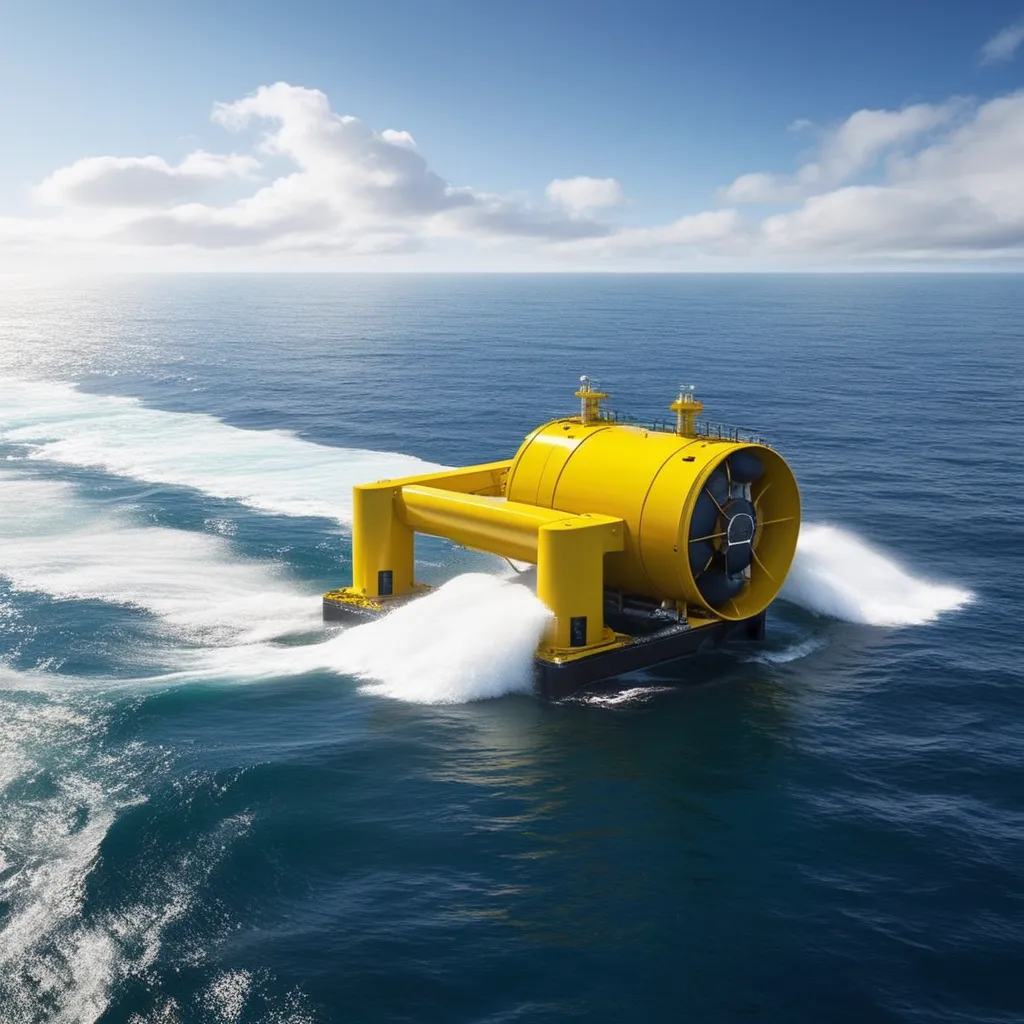The Future of Ocean Energy: Harnessing the Sea's Power
When we think about renewable energy sources, we often picture wind turbines, solar panels, and hydropower dams. However, there's another vast and largely untapped source of clean energy right at our doorstep—the ocean. The future of ocean energy holds immense potential for addressing our growing energy needs while reducing our carbon footprint. In this article, we'll explore the exciting world of ocean energy and how it could shape our energy landscape for years to come.

The Untapped Energy of the Sea
Vast Energy Reserves
The world's oceans hold an astonishing amount of energy. From the kinetic energy of waves and tides to the thermal energy stored in temperature gradients, the potential for harnessing this energy source is enormous.
Personal Experience: A Seaside Revelation
During a coastal vacation, I was captivated by the sheer power of ocean waves crashing against the shore. It struck me that there was untapped energy in that rhythmic motion, just waiting to be harnessed for our benefit.
Different Forms of Ocean Energy
Wave Energy
Wave energy systems capture the motion of ocean waves and convert it into electricity. These systems often use floating devices or submerged turbines to generate power.
Tidal Energy
Tidal energy exploits the regular rise and fall of tides. Tidal turbines, similar to underwater wind turbines, can capture the energy of moving water masses.
Ocean Thermal Energy
Ocean thermal energy relies on the temperature difference between warm surface waters and cold deep waters. This difference is used to generate power through a process called Ocean Thermal Energy Conversion (OTEC).
Environmental Benefits
Renewable and Predictable
Ocean energy is renewable and highly predictable. Unlike solar and wind energy, which can vary with weather conditions, ocean energy sources follow consistent patterns, making them a reliable source of power.
Minimal Greenhouse Gas Emissions
Harnessing ocean energy produces minimal greenhouse gas emissions, contributing to a reduction in carbon footprint and combatting climate change.
Challenges and Technological Advances
Technological Innovation
Developing effective technologies for harnessing ocean energy has been a challenge, but ongoing research and innovation are overcoming these obstacles. Smaller, more efficient devices are being designed and tested.
Environmental Impact
The environmental impact of ocean energy projects must be carefully managed to protect marine ecosystems. Developers are working to strike a balance between energy production and ecological preservation.
The Path Forward
Pilot Projects and Investment
Governments and private companies are investing in pilot projects to test and refine ocean energy technologies. These initiatives are crucial for advancing the industry.
Global Potential
Ocean energy is not limited to coastal regions. It can benefit landlocked countries by transmitting electricity via underwater cables.
A Sustainable Energy Future
The future of ocean energy holds the promise of clean, sustainable power generation on a massive scale. As we continue to transition away from fossil fuels, harnessing the power of the sea can play a significant role in meeting our energy needs while preserving our planet's natural resources.

While challenges remain, the potential benefits of ocean energy are too compelling to ignore. As we explore and develop this incredible source of power, we are taking steps toward a cleaner, more sustainable energy future—a future where the sea's power helps to light up our world.

No comments:
Post a Comment